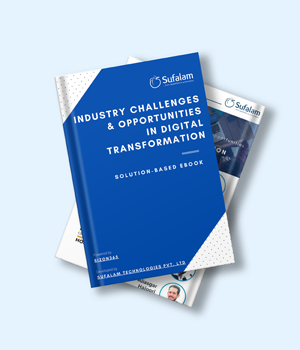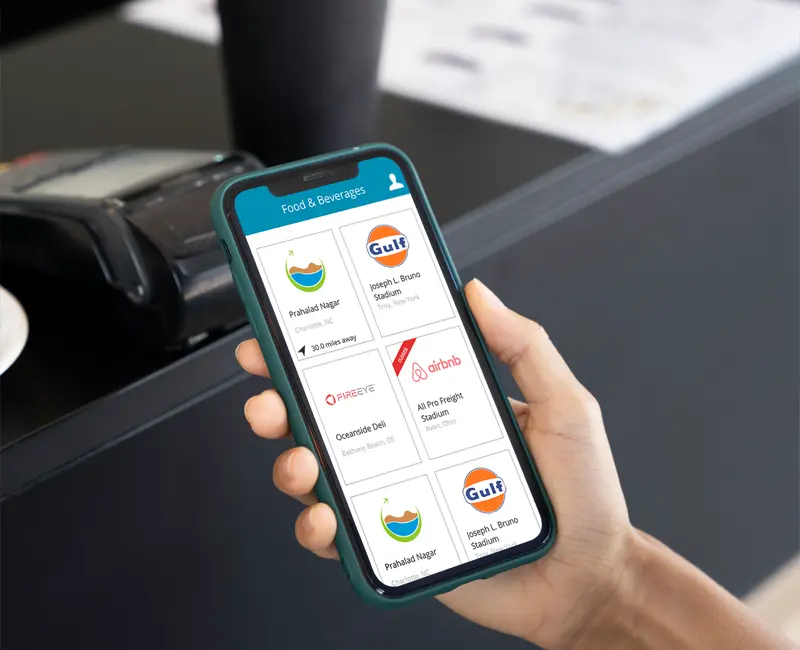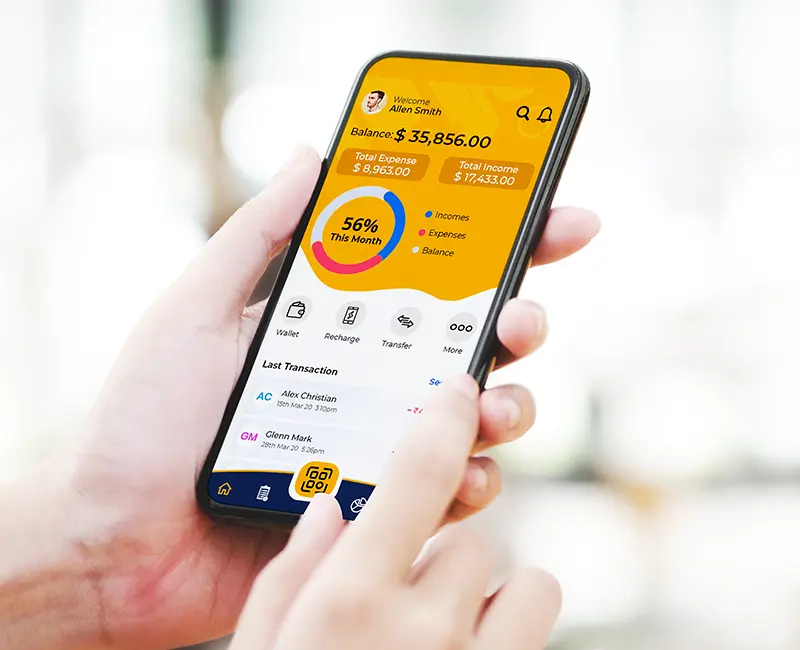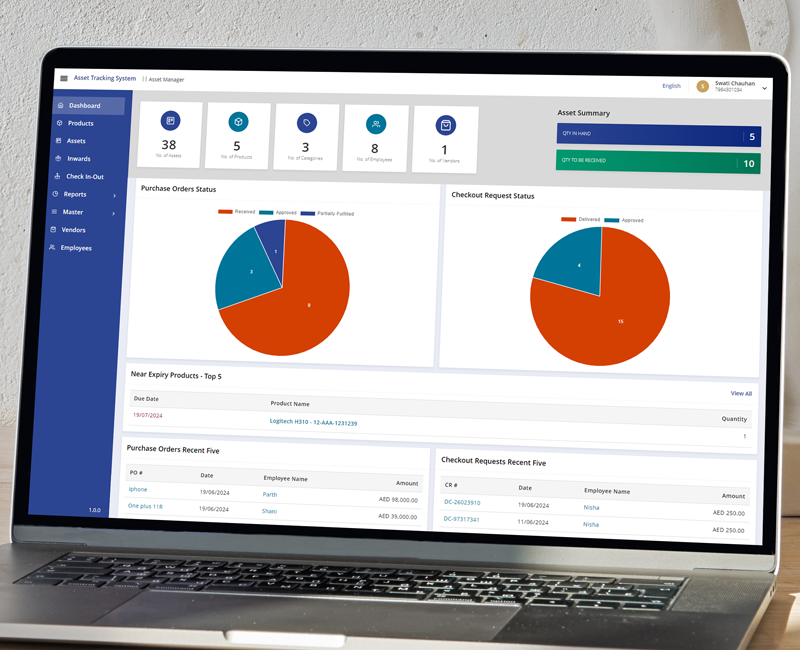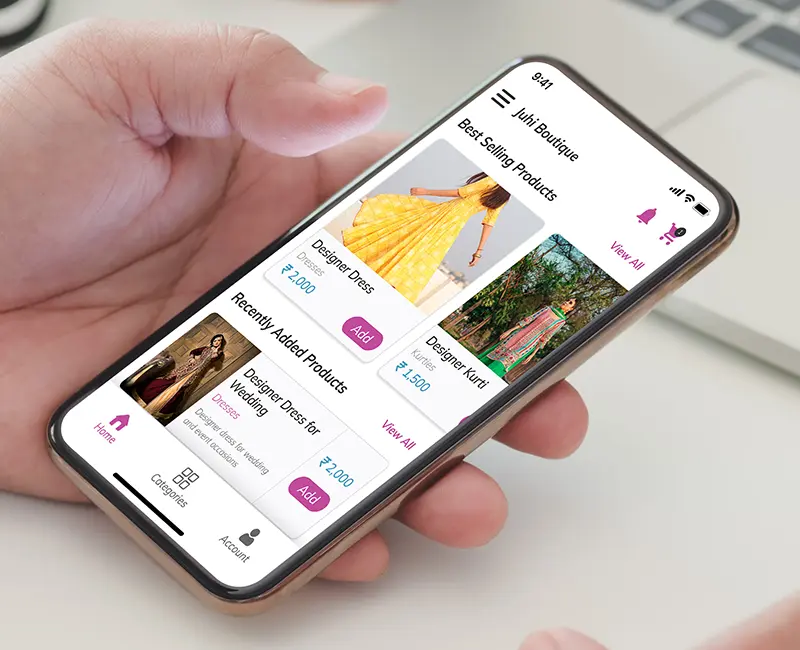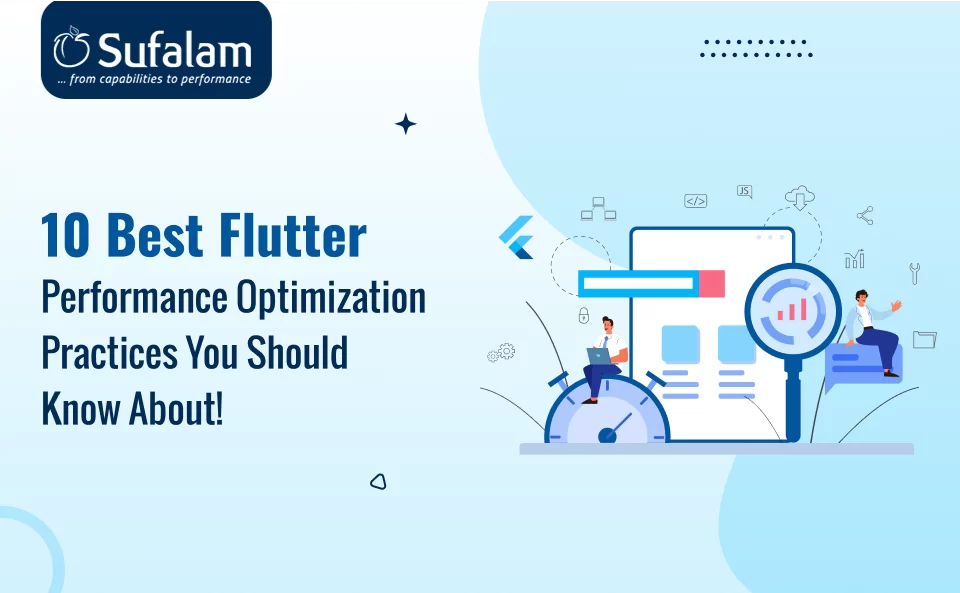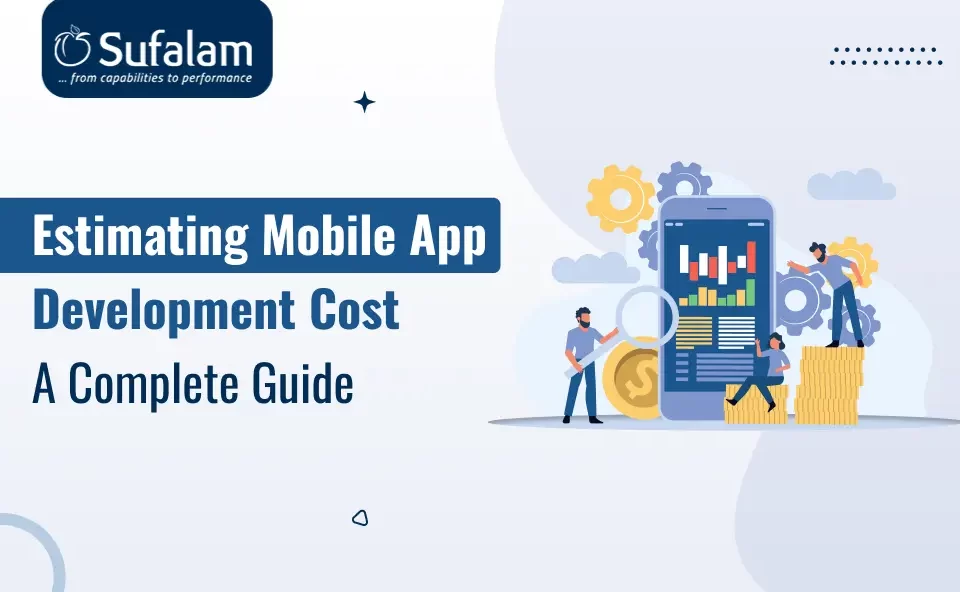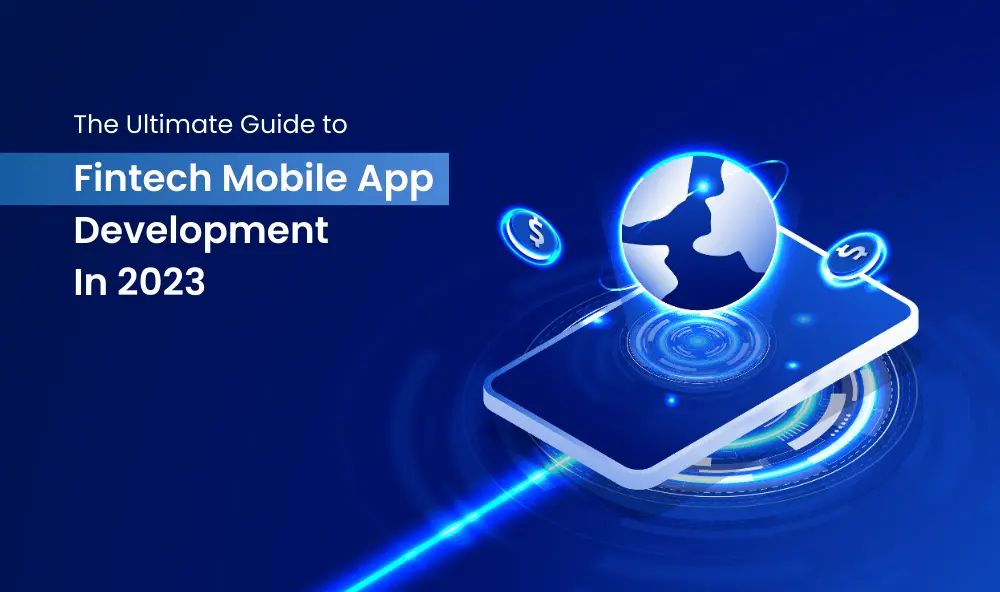
To guarantee security, stability, and consumer happiness, the financial sector has consistently been at the cutting edge of digitalization and pushing technology forward. For a very long time, the financial sector has used a variety of technologies to meet the needs of its customers.
The Business Research Company predicts that by 2023, the Fintech sector would reach a value of USD 14.3 million. Based on this survey, 49% of banks and 60% of credit unions in the United States alone believe that relationships with fintech companies are crucial.
Fintech mobile app development gives banking and other financial institutions more flexibility, increases client comfort and security, and opens up banking to people from all over the world.
This post will serve as your definitive how-to guide to setting up a banking or financial app if you are considering doing so. We will go through what fintech development is and how fintech mobile app development works.
Keep reading to find out more!
What is Fintech App development?
Fintech app development is the method of creating a mobile application that offers customers financial services. Fintech apps are widely used today because the majority of financial services are now provided digitally for efficiency and speed.
The development of a practical and user-friendly app that satisfies customers’ needs requires an amalgamation of software engineering, user experience layout, and financial understanding.
To facilitate secure and effective financial transactions, fintech app development may incorporate a variety of cutting-edge technology, including artificial intelligence, blockchain, and machine learning.
A smooth comfortable user experience is one of the goals of fintech app development, which also prioritizes the safety and confidentiality of users’ financial information.
Types of Fintech Applications
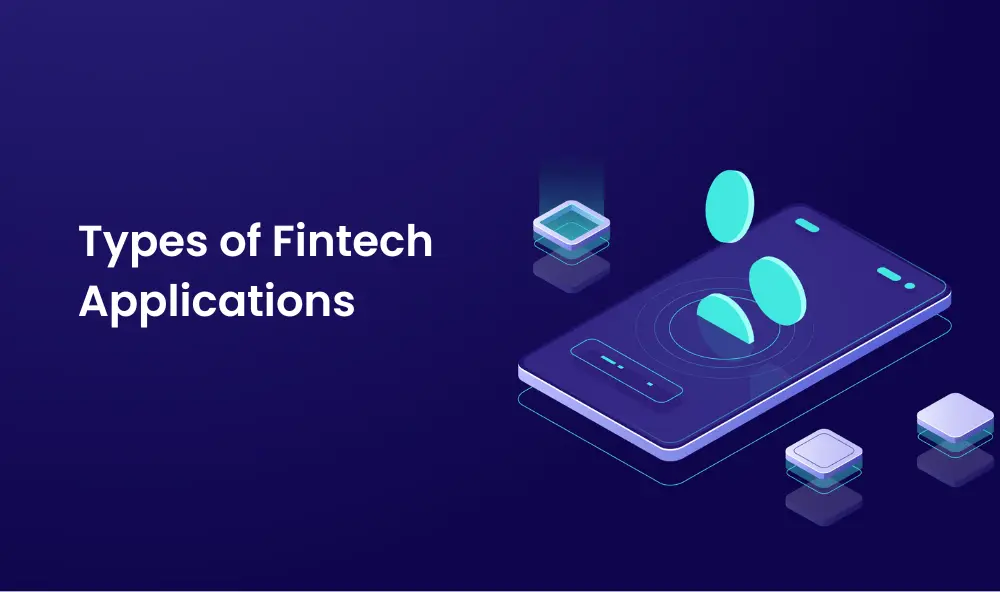
Insurance Application
Apps for insurance assist users in selecting a suitable policy and estimating the likelihood of accidents that might necessitate its use.
By enabling users to select the most suitable and cheap plan and receive immediate assistance, these fintech mobile applications development link insurers and the insured.
On the other side, insurance businesses benefit from the exposure and can forge a stronger digital connection with their customer base through user-friendly mobile applications.
They may streamline payments, simplify the handling of claims, make policies and ID cards easily accessible, and provide round-the-clock customer service.
Cashless Payments
Digital payments refer to transactions that are speedy, secure, and cashless. One of the most well-known subsectors of the fintech sector tends to be digital payments.
Payments made without cash are increasing. Cashless transactions now account for 31% of all payments in the US and 60% in the UK since the start of the pandemic. Payment apps and services have become increasingly popular in tandem.
That’s because getting customers signed up and authenticated has been quicker and simpler, and collecting payments via direct bank transfer is substantially less expensive than getting them using credit cards.
Digital Banking Apps
Customers can manage their accounts and obtain financial services through digital banking applications without physically visiting a bank. It includes both mobile and online banking to offer financial services wherever you are, whenever you need them.
A digital banking app often provides services that include creating a new account, checking the amount, transferring money, and even applying for a loan. These are all things that one may do in a traditional bank.
The ability to access your money transparently and conveniently around the clock is their key advantage.
Additionally, these apps assist you in managing your finances and you may set up automated payments on the majority of banking apps.
Investing Applications
It is difficult to miss the fact that investing in cryptocurrencies and other financial products has already become a trend that is growing in popularity among everyday people.
Actually, the ease of such procedures and the availability of such functionality to all people, combined with the opportunity to make some money by investing in stocks or other assets like Bitcoin, increases motivation and expands the audience.
As a result, there are more investors and goods related to these processes. The “cryptocurrency boom” has made the investment sector of the fintech business one of the most competitive at present.
Different stock exchanges and markets are also creating their own mobile applications to keep up with the times and rivals.
Personal finance app
Personal finance apps are a type of fintech mobile app that focuses on helping individuals manage their personal finances. These apps use technology to provide users with tools to manage their money, including budgeting, saving, investing, and tracking expenses.
One of the main benefits of personal finance apps is that they offer users a more convenient and streamlined way to manage their finances. Many personal finance apps allow users to link their bank accounts and credit cards, which means they can automatically track their spending and income.
These apps often use machine learning and AI algorithms to analyze this data and provide users with personalized financial advice and recommendations.
Another benefit of personal finance apps is that they often have features that make it easier to save money. Personal finance apps are a popular and growing category of fintech apps that offer individuals a variety of tools and services to help them manage their money more effectively.
Explore the 6-step ultimate guide for fintech mobile app development
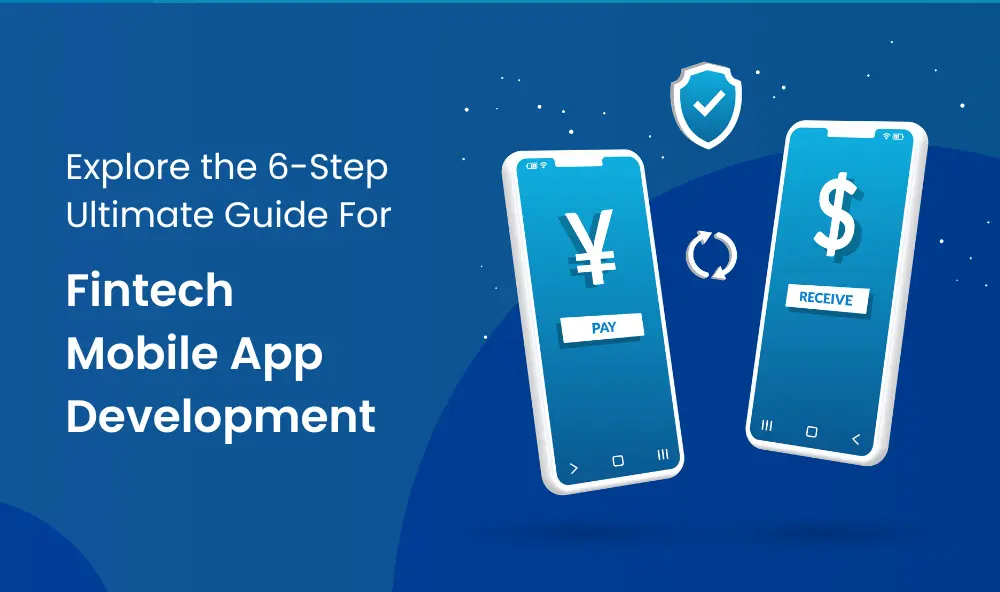
Fintech mobile app development is a lengthy process that involves a series of steps to build a fintech app that is user-friendly and stunning for your business requirements.
Keep reading to find out more about the fintech mobile app development process:
Planning Stage
The first stage to build a fintech app is planning. In this stage, you need to define the purpose of the app, identify the target audience, and determine the features and functionalities required. You will also need to define the app’s technical requirements, such as the platforms it will be available on, the programming language, and the frameworks that will be used.
Designing Stage
The design stage involves creating the user interface (UI) and user experience (UX) design. The UI design includes designing the visual elements of the app, such as the layout, colours, typography, and graphics. The UX design involves creating a seamless and intuitive user flow and ensuring that the app is easy to navigate and use for your users.
Development Stage
The development stage involves building the app’s code and integrating the required features and functionalities. This stage requires expertise in programming languages such as Java, Swift, Kotlin, and others. You can hire a leading mobile app development company and hire dedicated developers, they will also need to integrate third-party APIs and frameworks, such as payment gateways and security features.
Testing Stage
Before deploying the mobile application for the end users, you need to test it out thoroughly. The testing stage involves testing the app’s functionality, performance, and security. This stage includes manual and automated testing to ensure that the app works as expected and is secure against potential vulnerabilities.
Deployment Stage
After the testing is done, here comes the deployment stage. The deployment stage involves releasing the mobile app to the app stores, such as the Apple App Store and Google Play Store. This stage requires creating an account when you hire dedicated developers, submitting the app, passing the app store’s review process, and making sure you have followed all the guidelines before rolling to avoid any future hassles.
Maintenance Stage
Even after the deployment stage, the work is not over yet. It is an ongoing process and you need to keep up with it. It usually involves updating the app with new features, fixing bugs, and addressing any issues that arise. This stage is crucial to ensure that the app remains relevant and functional, and it requires ongoing monitoring and maintenance.
To conclude
The fintech business will undoubtedly continue to expand and make our accounts safer. The six Fintech app development categories we’ve discussed here are only the tip of the iceberg in terms of the countless Fintech niches that are emerging every day.
Even the six-step guide for creating mobile apps was mentioned. Additionally, if you need assistance creating your next great Fintech app development, get in touch with us. Our knowledge of mobile apps and fintech will be a great asset to your project!
Get in touch with Sufalam Technologies‘ – A leading mobile app development company to hire dedicated developers if you want to enter this industry. To receive a free consultation right away, contact our experts.

